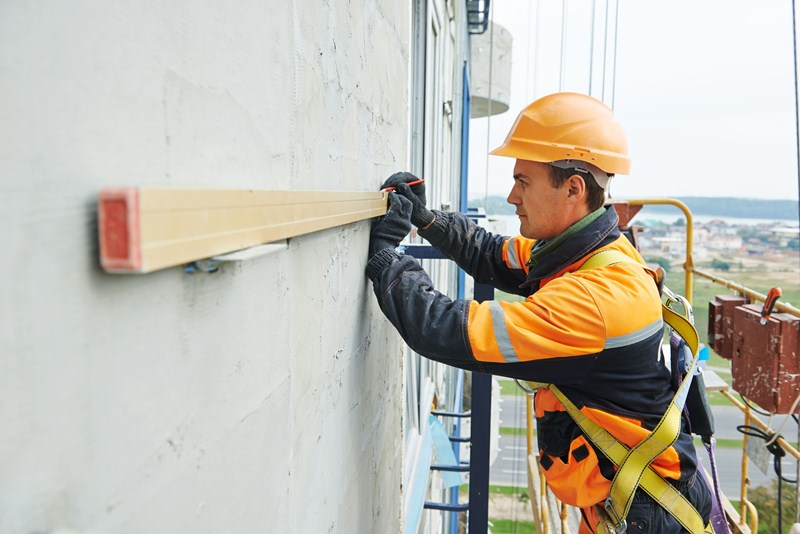The Construction Industry Scheme (CIS) comprises a set of special rules for tax and National Insurance for those working in the construction industry. The scheme applies mainly to contractors and sub-contractors involved in construction. However, certain businesses that are not in the business of construction but have a significant amount of annual spend may also count as contractors.
Before making a first payment to a subcontractor the contractor must confirm that the subcontractor is known to HMRC, registered within CIS and obtain details of their payment status. This is known as 'verifying the subcontractor'. A contractor or their appropriate representative can go online to carry out this verification using a number of different methods.
The verification is necessary so that the contractor can ascertain whether or not a deduction should be made from the subcontractor's payment and, if so, at what rate. If the subcontractor is not registered for the CIS, then contractors must deduct 30% from their payments. If the subcontractor is registered, then either a 20% deduction is taken, or the subcontractor can apply for gross payment status. If the subcontractor has gross payment status, they are responsible to pay all their tax and National Insurance at the end of the tax year.
Once verified, the contractor only needs to re-verify the subcontractor if they have not paid the same subcontractor within the current, or two previous, tax years.


Recent Comments